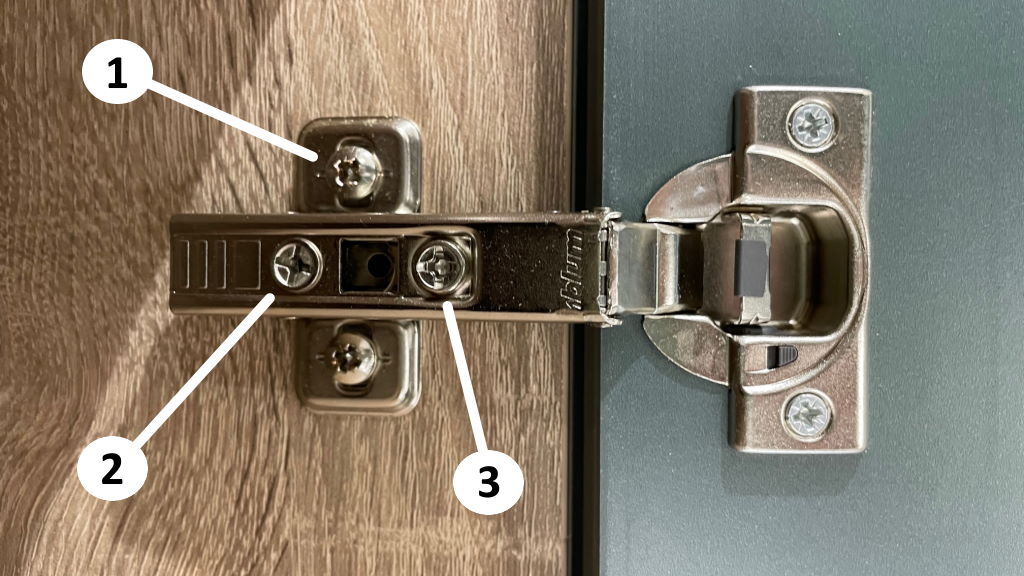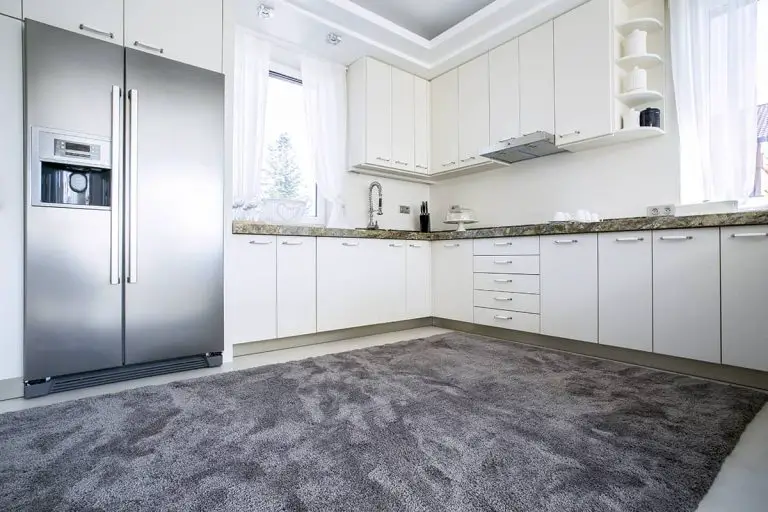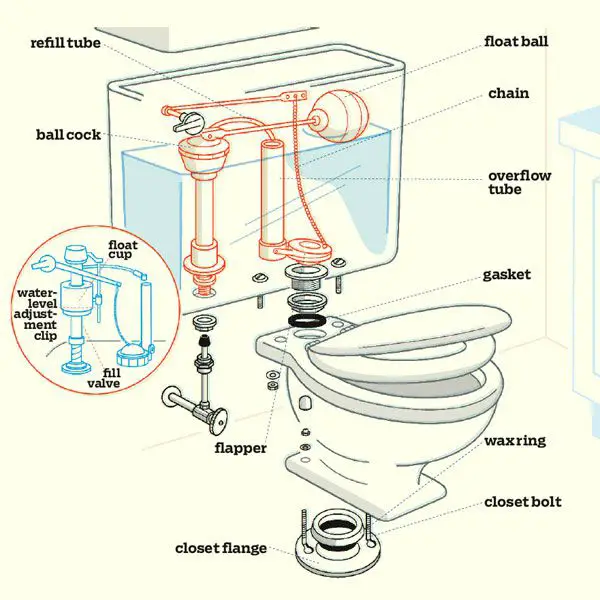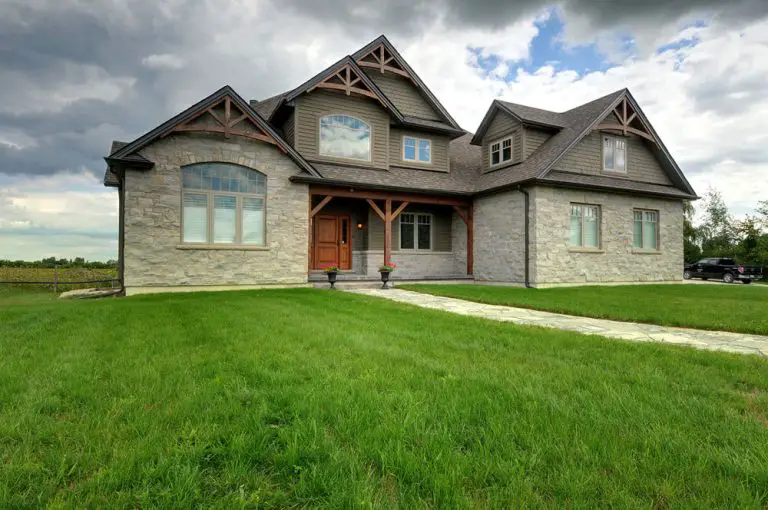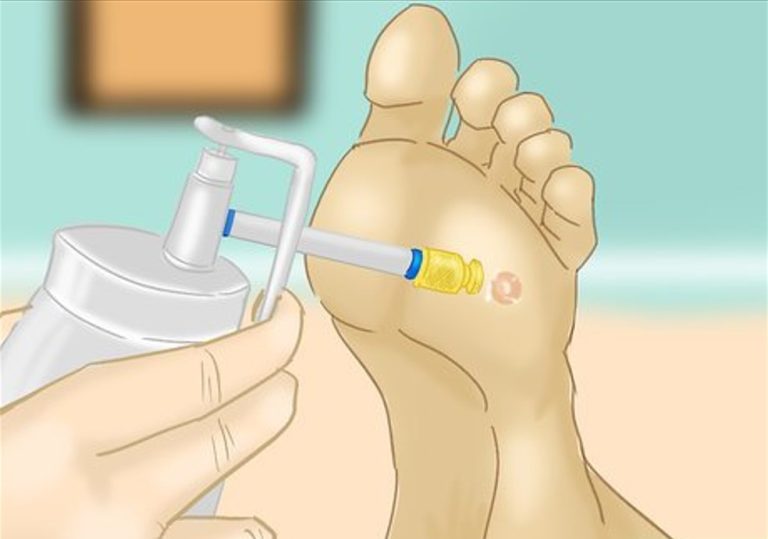Kitchen Cabinet Hinge Adjustment
A kitchen cabinet hinge adjustment is an important part of kitchen cabinet maintenance. Adjusting the hinges allows the cabinet doors to open and close properly and can prevent wear and tear on the cabinet doors and hinges. It is a relatively simple task and can be done with a few simple tools and a bit of patience. With the right technique, a kitchen cabinet hinge adjustment can help keep your kitchen looking neat and tidy.
Types of Kitchen Cabinet Hinges
When it comes to kitchen cabinet hinges, there are a wide variety of types available. From standard butt hinges that are typically used for doors, to concealed cup hinges and specialty hinges for unique applications, there is something to suit every kitchen. Understanding the different types of hinges and their uses can help you make the right choice for your kitchen cabinets.
Butt hinges are the most common type of hinge used in kitchen cabinets. These hinges are strong and relatively easy to install. They come in a variety of sizes and finishes to suit different styles of cabinets. The hinges are also adjustable, allowing you to customize the fit of your cabinet doors.
Concealed cup hinges are another popular option for kitchen cabinets. These hinges are hidden within the cabinet frame, giving the door a more streamlined look. They are easy to install and come in a variety of finishes. The hinges are also adjustable, allowing you to customize the fit of your cabinet doors.
Specialty hinges are designed to meet specific needs. These include spring hinges, pivot hinges, and overlay hinges. Spring hinges are ideal for doors that need to be opened and closed frequently, while pivot hinges are perfect for doors that need to be opened and closed with a single hand. Overlay hinges are ideal for doors that need to overlap the frame.
No matter what type of kitchen cabinet hinge you choose, understanding the different types and their uses can help you make the right choice for your kitchen cabinets. With the right hinge, you can ensure that your cabinets look great and function properly.
Preparing to Adjust Kitchen Cabinet Hinges
Are your kitchen cabinet doors sagging, not closing properly, or just not looking their best? If so, it may be time to adjust your kitchen cabinet hinges. Adjusting kitchen cabinet hinges, although not overly complex, does require a bit of preparation.
The first step is to assess which type of hinge your kitchen cabinets have. There are several types of cabinet hinges, including standard cup hinges, concealed hinges, and full overlay hinges, to name a few. Each type of hinge requires a different adjustment technique.
Once you have identified the type of hinge, it is important to note that adjusting kitchen cabinet hinges requires the removal of the cabinet doors. This process is easily accomplished by removing the screws from the door hinges and then gently taking the doors off the hinges.
The next step is to determine the type of adjustment needed. If the door is sagging, the top hinge may need to be adjusted. If the door is not closing properly, the bottom hinge may need to be adjusted. Lastly, if the door is not properly aligned, both hinges may need to be adjusted.
After preparing to adjust the kitchen cabinet hinges, it is time to begin the adjustment process. Before making any adjustments, it is important to refer to the instructions included with the hinges. This will ensure that each adjustment is done correctly.
Adjusting kitchen cabinet hinges can be time-consuming, but it is a task that can be completed with some patience and the right steps. With the preparation steps outlined above, adjusting your kitchen cabinet hinges should be a breeze.
Identifying Kitchen Cabinet Hinge Types
Identifying the type of kitchen cabinet hinge you have is the first step to adjusting it. The most common types of kitchen cabinet hinges are full overlay, half overlay, and inset. Full overlay hinges are placed on the inside of the cabinet door and allow it to completely cover the cabinet opening. Half overlay hinges are installed on the outside of the door and provide a gap between the door and the cabinet opening. Inset hinges are mounted inside the cabinet opening and require a precise fit. Knowing the type of hinge you have will help you determine the best way to adjust it.
Adjusting Kitchen Cabinet Hinges
Kitchen cabinets can be a crucial part of any home as they provide storage and give a room a polished look. However, over time, hinges can become worn or misaligned and can cause doors to rub or not close properly. To keep your kitchen looking its best, it’s important to know how to adjust kitchen cabinet hinges.
The first step is to remove the door from the cabinet, as this will give you more room to work and make the process easier. Then, take a look at the hinges and determine if they need to be adjusted. If the hinges are loose or need tightening, use a screwdriver to make the necessary adjustments. If the hinges are misaligned, use a ruler or tape measure to determine the correct alignment and make adjustments as needed.
Once the hinges are adjusted and the door is back in place, check the alignment. If the door is still misaligned, you may need to make additional adjustments to the hinges or the cabinet itself. To avoid further issues, be sure to check the hinges regularly and make adjustments as needed.
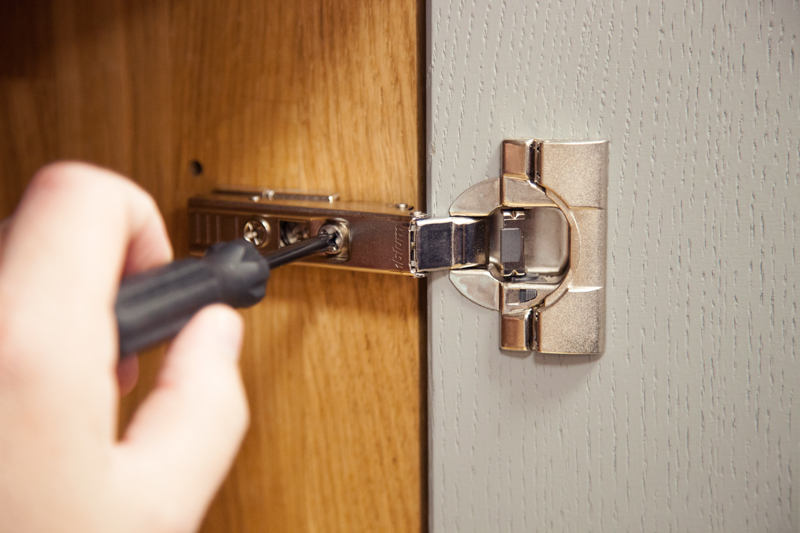
Credit: www.solidwoodkitchencabinets.co.uk
Kitchen Cabinet Hinge Maintenance
Maintaining the hinges on your kitchen cabinets is an important part of keeping them in top condition. Hinges are what allow your kitchen cabinet doors to open and close smoothly, and if they become damaged or out of alignment, it can result in a door that does not open or close properly. To ensure that your hinges remain in good condition, it is important to periodically adjust them and to check for any signs of wear or damage.
You will need a screwdriver and a few simple tools to adjust kitchen cabinet hinges. First, you will need to identify the hinge type and adjust the screws accordingly. Next, use a level to make sure the cabinet door is level with the frame. Finally, if necessary, use a file to adjust the grooves of the hinge to ensure a proper fit.
It is also important to regularly inspect your hinges for any signs of wear or damage. Look for any signs of rust or corrosion, as well as any loose screws. If you notice anything out of the ordinary, it is best to replace the hinge before it becomes a bigger problem.
By taking a few simple steps to adjust and maintain your kitchen cabinet hinges, you can ensure that your cabinets remain in top condition. With regular adjustments and inspections, you can prevent future problems and keep your kitchen cabinets looking their best.
Troubleshooting Common Kitchen Cabinet Hinge Issues
When it comes to kitchen cabinet hinges, it can be difficult to know where to start when you’re dealing with a malfunction. From adjusting the door alignment to replacing the hinge, there are a variety of common issues that can occur. Fortunately, with the right guidance, you can easily troubleshoot and tackle these issues.
One of the most frequent problems is door alignment, which can be adjusted using a screwdriver. If the door is sitting too high or too low, simply adjust the screws located at the top and bottom of the hinge. You can also adjust the screws located at the side if the door is not flush against the frame.
Another common issue is that of a loose or broken hinge. This can be fixed by replacing the hinge with a new one. If your cabinet has a concealed or hidden hinge, you may need to disassemble the cabinet to access it. To be sure you’re buying the right part, make sure to take a picture of the hinge before you remove it so you can find the correct replacement.
If the door is not closing properly, you can adjust the tension of the hinge by tightening or loosening the tension screw. If the door is still not closing, you may need to adjust the strike plate on the frame. This is a simple task that requires just a few turns of a screwdriver.
Lastly, if the door is sagging or the hinge is coming loose, you may need to replace the hinge. Make sure to tighten the screws regularly to prevent this issue.
By troubleshooting common kitchen cabinet hinge issues, you can ensure that your cabinets are functioning properly and look great. With a few simple adjustments, you can make sure that your kitchen cabinet hinges are working properly and your kitchen is looking its best.
Updating Kitchen Cabinet Hinges
Updating the hinges in your kitchen cabinets can be an easy and cost-effective way to give them a modern, updated look. Cabinet hinges come in a variety of shapes and sizes, so it is important to select the right type for your specific cabinet. Cabinet hinge adjustment is an important part of the process and can help ensure that the cabinet doors close properly and without excessive force. In this article, we will discuss the different types of cabinet hinges, the basics of adjusting cabinet hinges, and provide some tips on selecting the right type of hinge for your cabinets.
Cabinet hinges are available in a variety of materials, and the type of material you select will depend on the look you are trying to achieve. If you are looking for a more traditional look, then a solid brass or bronze hinge may be the right choice. If you are looking for a more modern look, then a stainless steel hinge may be the right choice.
Once you have selected the type of hinge for your cabinet, it is important to adjust it correctly. The adjustment process is relatively simple and involves making minor adjustments to the screws on either side of the hinge. This can be done by hand, or with the help of a screwdriver. It is important to adjust the screws until the door closes properly and without excessive force.
Finally, it is important to select the right type of hinge for your cabinet. If you are replacing an existing hinge, then it may be possible to use the same type of hinge. However, if you are installing a new cabinet, then you may need to select a different type of hinge. It is important to consider the weight of the cabinet door when making your selection, as heavier doors require more durable hinges.
By following these simple steps, you can easily update the hinges in your kitchen cabinets and give them a modern, updated look. With the right type of hinge and a bit of adjustment, your cabinets will be able to close properly and without excessive force.
Resources for Kitchen Cabinet Hinge Adjustment
Adjusting kitchen cabinet hinges can be a daunting task for anyone, but it doesn’t have to be. With the right resources and tools, you can easily and effectively adjust your kitchen cabinet hinges. This article provides helpful tips and resources to help you adjust your kitchen cabinet hinges in a timely and efficient manner.
To begin, you’ll need to familiarize yourself with the types of kitchen cabinet hinges and the tools required for the job. There are many different types of cabinet hinges available, including self-closing, non-mortise, and variable overlay hinges. You’ll also need a screwdriver, drill, chisel, and a small level.
When it comes to actually adjusting the kitchen cabinet hinges, you’ll want to make sure you’re working on a level surface, and that your cabinet doors are properly aligned. You can adjust the cabinet hinges by loosening or tightening the screws on the hinge. For self-closing and non-mortise hinges, you’ll need to adjust the tension on the hinge by turning the tension screw.
For further assistance with kitchen cabinet hinge adjustment, there are numerous online resources available. Many websites provide step-by-step instructions, as well as helpful videos and images to guide you through the process. Additionally, you can consult with a professional handyman or carpenter to ensure that your cabinet hinges are adjusted correctly.
Following these tips and resources, you can easily and effectively adjust your kitchen cabinet hinges. With the right tools and knowledge, you can make sure your kitchen cabinets operate smoothly and look great.
FAQs About the Kitchen Cabinet Hinge Adjustment
How do I adjust the hinges on my kitchen cabinets?
To adjust the hinges on your kitchen cabinets, you will need a drill, a screwdriver, and a small level. First, loosen the screws that hold the hinge in place. Then, adjust the hinge so that the door is level with the cabinet frame. Finally, tighten the screws to secure the hinge in place.
How can I make sure my kitchen cabinet doors are properly aligned?
To make sure that your kitchen cabinet doors are properly aligned, you should use a small level to check the vertical and horizontal angles of the doors. If the doors are not properly aligned, you can adjust the hinges to get them into the correct position.
What type of drill bit should I use to adjust the hinges on my kitchen cabinet doors?
The type of drill bit you should use to adjust the hinges on your kitchen cabinet doors depends on the type of hinge you are using. Generally, a Phillips head screwdriver bit is recommended for most hinges. However, if you are using a different type of hinge, you should consult the manufacturer’s instructions to determine the appropriate drill bit to use.
Conclusion
Kitchen cabinet hinge adjustment is critical in ensuring that your cabinet doors open and close properly. Adjusting the hinges can also help improve the overall look of your kitchen. With the right tools and a little bit of patience, adjusting your cabinet hinges is a relatively easy task that can help you get the most out of your kitchen cabinets.

